How School and Sports Photos Made Me a Better Fine Art Photographer
![]()
When first starting my photography like many people, young and naïve, I immediately googled “how to be a paid photographer” almost immediately I found a job opening for a local school and sports photography business. I had been dreaming of being a successful artist my entire life and here was my chance!
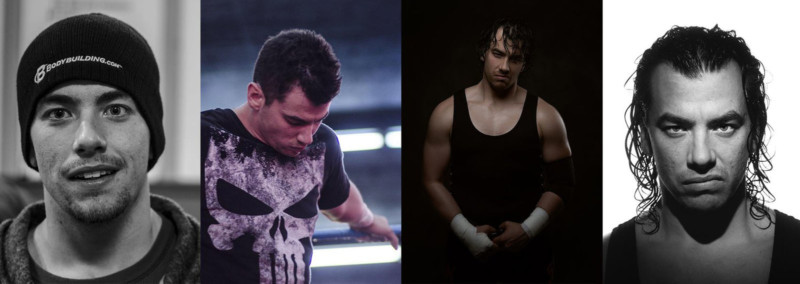
McDonalds vs Michelin Star
This is sad but true. The industry compares school and sports photography to fine art photography in the same way one would compare Mcdonald’s to a Michelin-star restaurant.
I get it. But, what they don’t know is that I gained a hell of a lot more practical knowledge of photography from schools than I ever did taking photography classes. Hands down, it was far more beneficial in improving the skills I needed to be a fine art photographer. So what did I learn from my experience? Here are three things that really helped improve my craft and helped make me a successful Fine art portrait photographer.
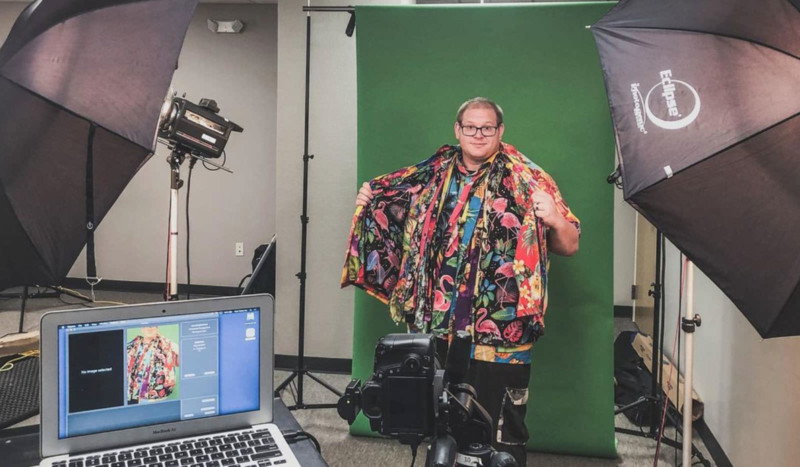
“I Don’t Know What To Do With My Hands”
Ricky Bobby said it best. “When we don’t know how to do something, what do we do? We practice.” The fact is, many photographers go to their first photoshoot and realize that their clients have no idea how to stand in front of a camera. All of the Pinterest pose suggestions in the world won’t prepare you for how to direct a client into different positions.
This is a skill that doesn’t really come naturally to a lot of people and without it, create portraits where people are in unflattering uncomfortable poses and it shows on their faces. So How did I learn how to properly communicate with my subjects? You guessed it school and sports photography.

On average I would have 300 students in front of my camera 5 days a week. That’s a lot of practice. I was able to practice phrasing, hand movements, and gestures while learning to take the shot. As we all know many times if you miss a shot it’s gone and you aren’t going to be able to recreate it as perfect as it was the first time. So learning how to make smooth adjustments without losing the shot has been a godsend.
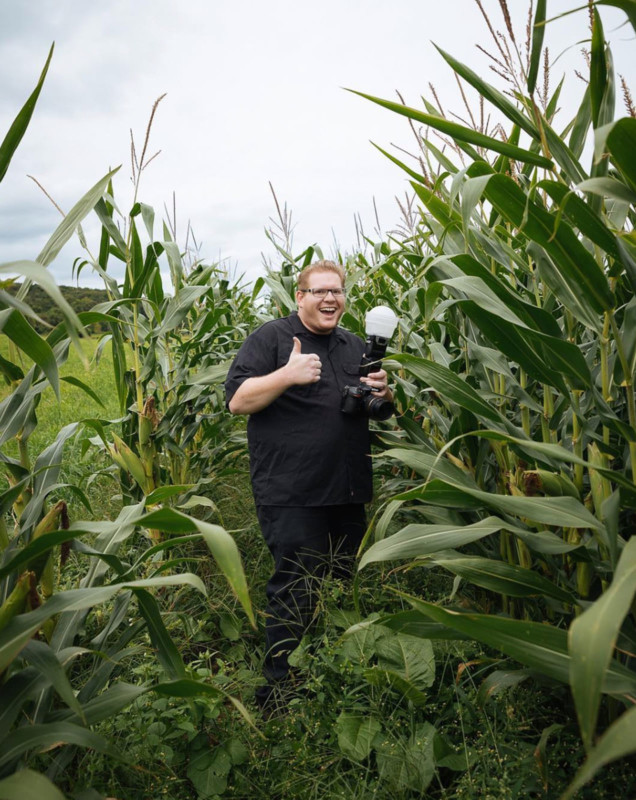
“I’m No Good With Words and Stuff”
I grew up in the 90s listening to musical artists like Tech N9ne and DMX. I graduated High school in the early 2000s and went straight from graduation to Paris Island to become a United States Marine. Needless to say, the language I grew up with was not what one would consider appropriate in our modern times.
No, I am not about to start a ‘the world is too PC now’ rant. However in my 6 years of working as a school and sports photographer. One of my jobs was to teach other photographers new updated terms that schools were implementing. A perfect example was the use of the saying, “sitting Indian style.” A term that should have never been common to “criss-cross applesauce”. Anyway, you get the point. You would think this is pretty common, but working in school and sports photography really did help reset my brain and made me “read the room” better.
I worked with people of every social and political background. It was important to be able to make them feel comfortable and not insult them by using outdated and inappropriate terms. “You should have already known that!” Well yes, but the truth is, I learned many things that at the time, I didn’t think twice about. And talking to many of my clients today, I have heard horror stories of photographers they worked with who didn’t quite get the memo.
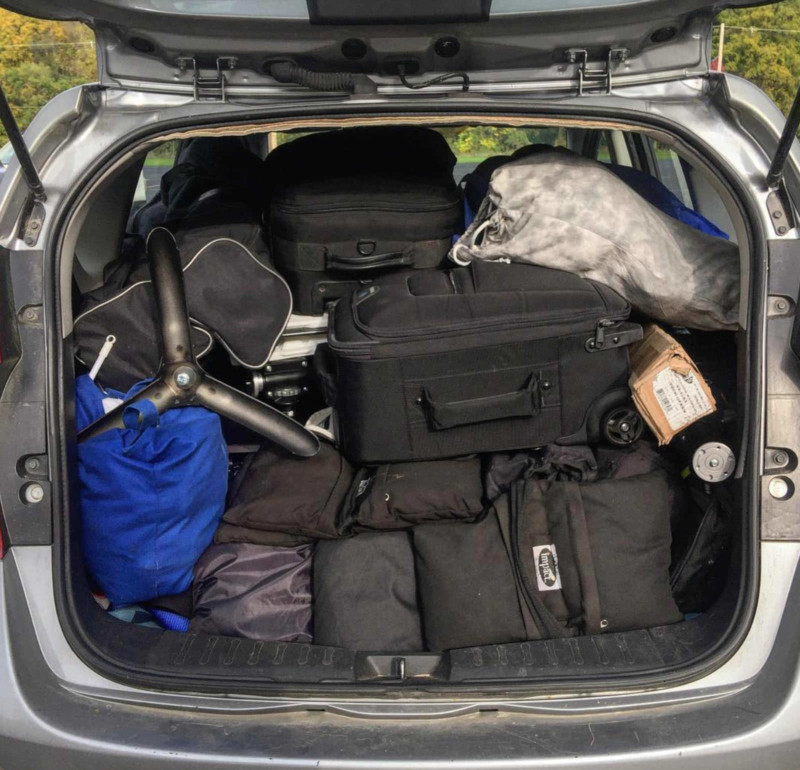
“I Told You It Would Fit”
Lastly, I learned how to really utilize space and can travel with an entire studio in my car. So many photographers are held back by the idea that they need this gym-sized, permanent studio space and until they have that, they will never be able to capture great portraits. That’s simply not true.
I’ve had to do entire setups in places that were no bigger than a walk-in closet. When photographing in a school some really don’t have a lot of space to sacrifice for the day. This experience really showed me how to utilize space in setup, pack down, and how much gear you can truly transport. This translates so well to fine art portraits. It opens up a world of possibilities once you learn that you can take award-winning photos in a one-bedroom apartment just by pushing everything to one side of the room for the day.
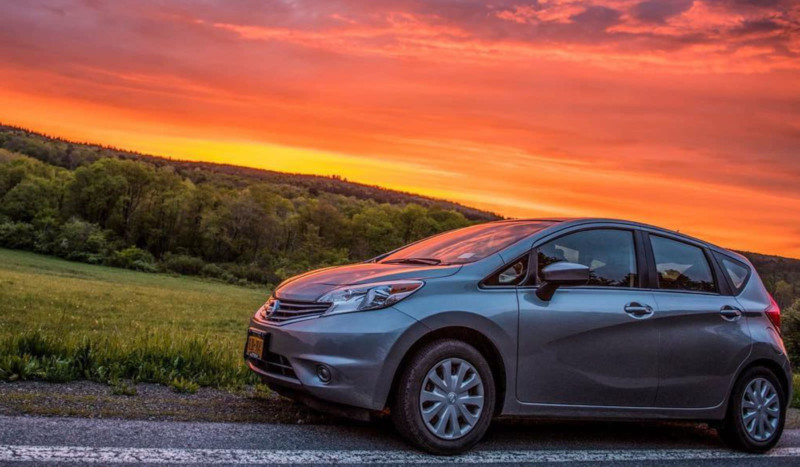
Evolution of my Portraits
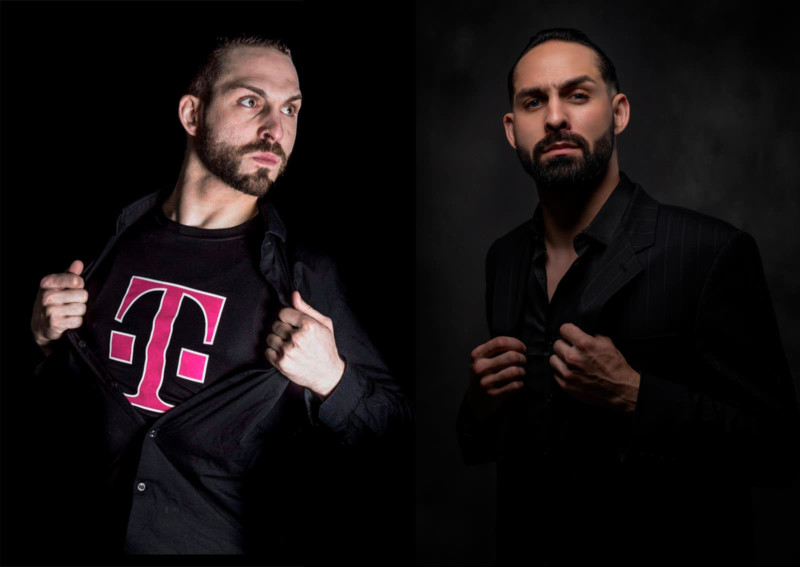
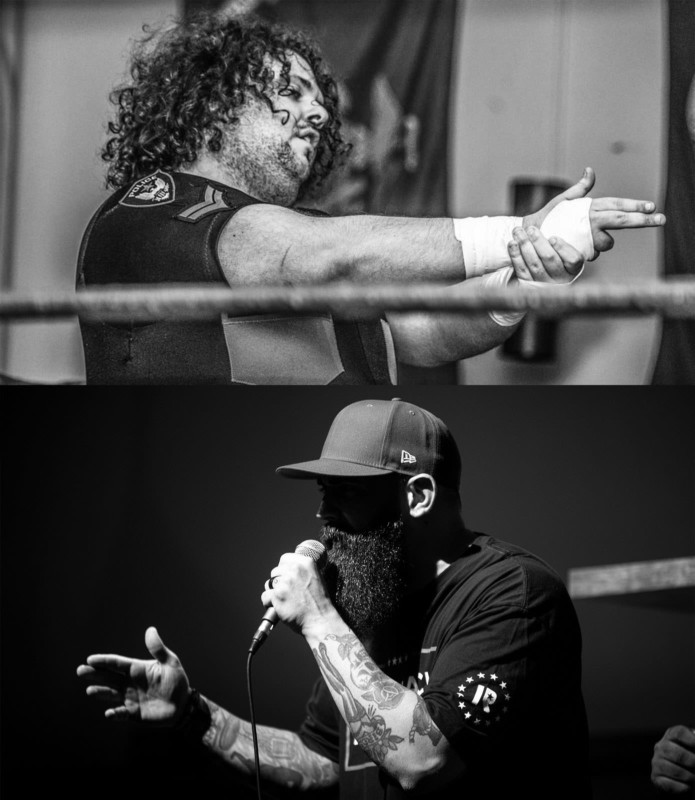
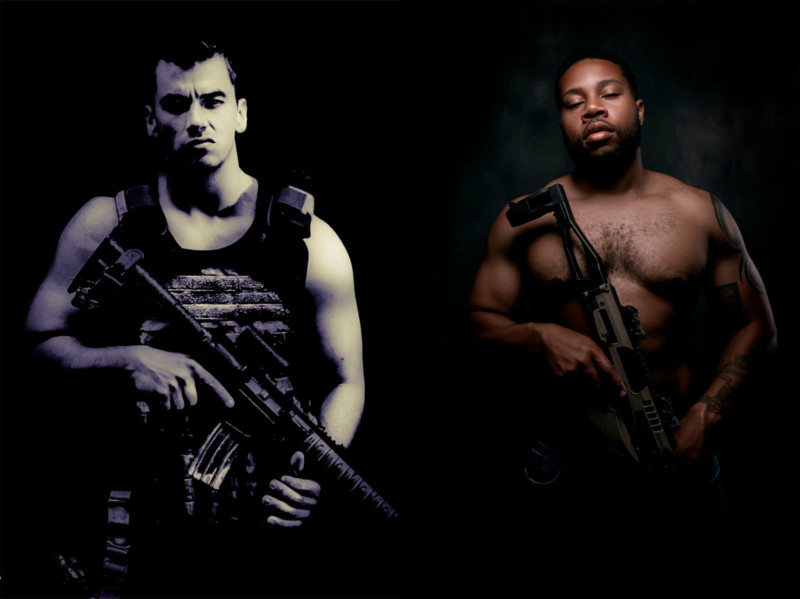
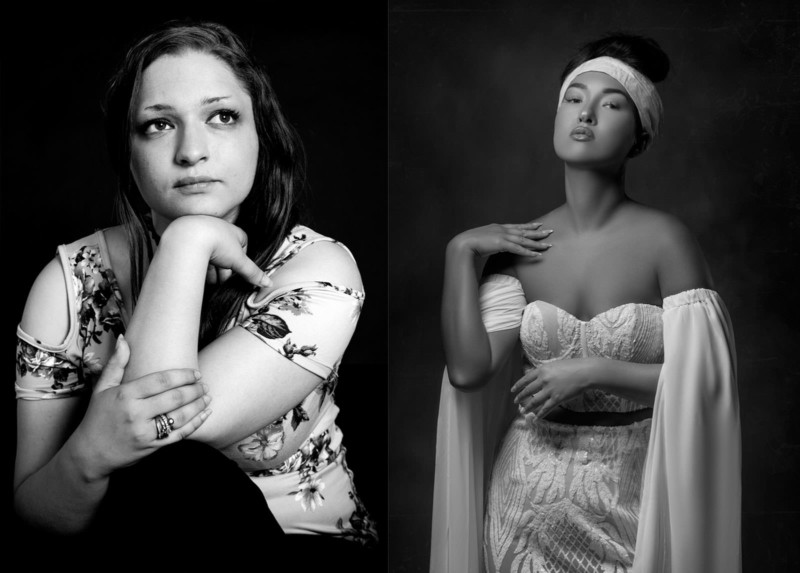
Final Thoughts
Do you have to work for a school and sports photography company to learn any of this? Of course not. But I think it’s time to give credit where credit is due. School and sports photography, helps give families affordable photos of their children growing up. You can learn a lot from their business practices, but more importantly know that it doesn’t matter where you start as a photographer or where you learn your craft, what matters is the end result.
I personally owe a lot to those 6 years I trucked equipment in and out of schools, and countless hours on the road watching sunrises. I don’t think I would be the fine art portrait photographer I am today without these life-changing experiences.
About the author: Bryan Wark is a published portrait photographer based in Binghamton, New York. The opinions expressed in this article are solely those of the author. You can find more of his work on his website, Facebook, Instagram, and Twitter. This article was also published here.